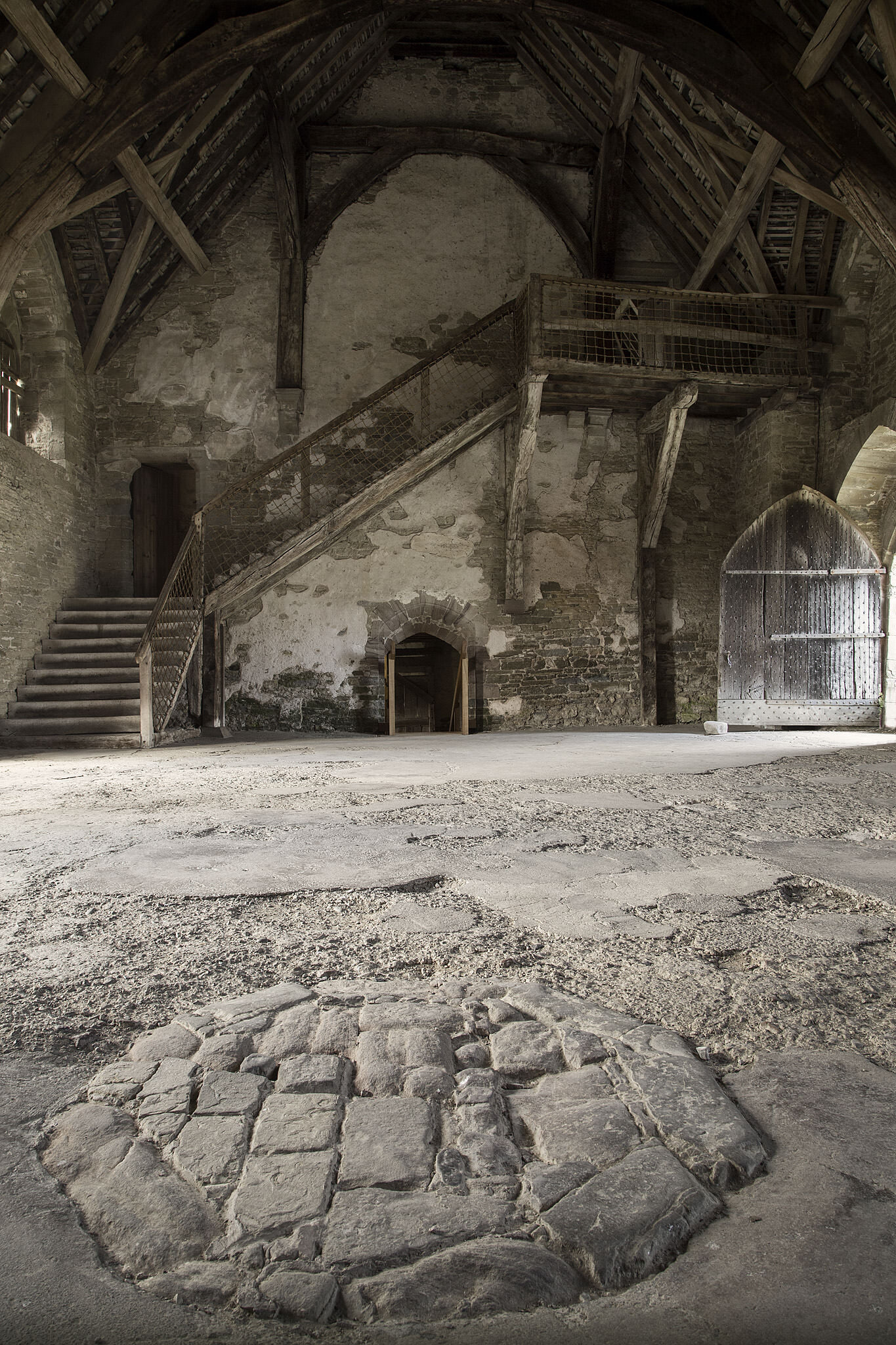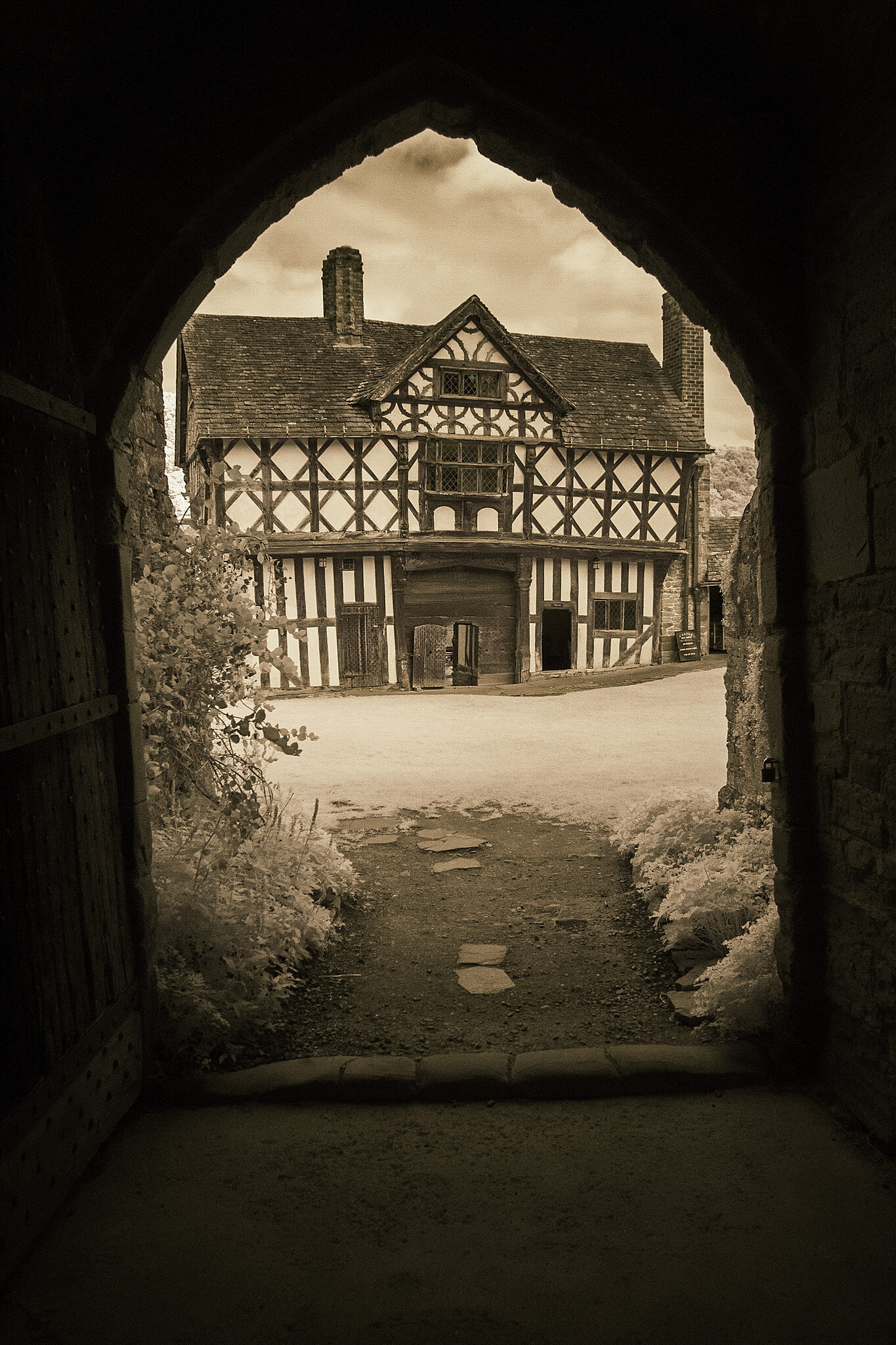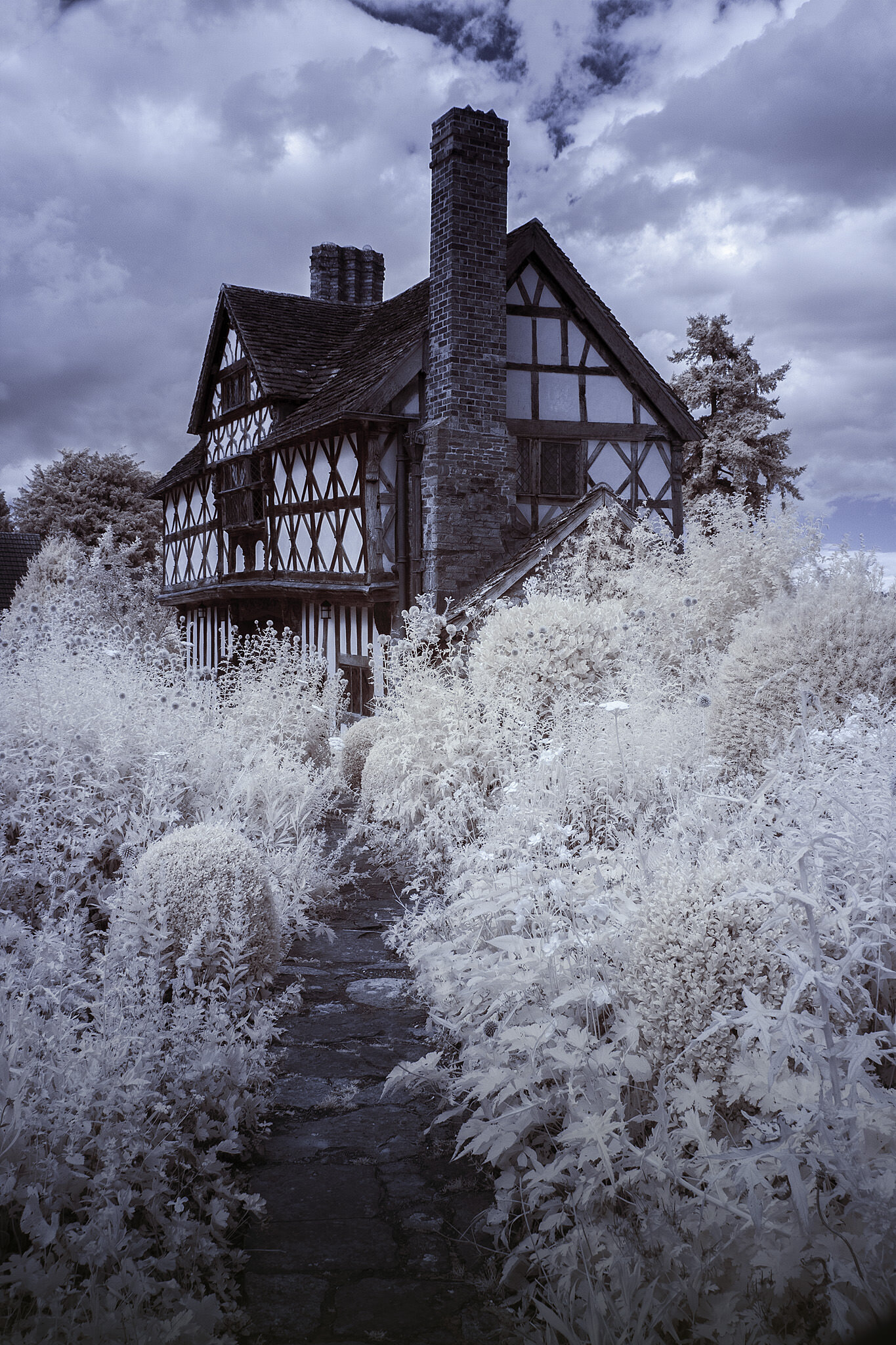Stokesay Castle, West Midlands, England

Stokesay Castle really is more of a fortified Manor house, than a castle in the true sense. It is also an amazingly intact survival of a 13th Century domestic Manor. It was built after Edward I had conquered Wales, when the need for defense had lessened on the Welsh borders. The village that once surrounded the castle has long since disappeared, leaving the Manor and the church in an isolated location.
The Manor or castle at Stokesay was started as a feudal holding, under Ludlow Castle and Montgomery Castle. One of the services that was owed to the overlord, was to provide a castle guard at Montgomery Castle for forty days in wartime. This was a feudal connection between the provision of land, in exchange for military service.
Being in charge of a Manor, even a feudal Manor, did not necessarily mean you had to live in it. In 1270, John de Verdon had gone on crusade and let the Manor of Stokesay. His son then continued to rent out the estate after his fathers death in 1274.
While a Manor, such as Stokesay, would not have been given to a merchant in the feudal hierarchy that was the middle ages, it could certainly be acquired by one, if they had the funds to do so. Lawrence of Ludlow, a local merchant, purchased the Manor in 1281, for the cost of a sparrow hawk. Lawrence was a prosperous wool merchant. Prosperous is probably putting it mildly, this man and then his son, were some of the wealthiest wool merchants at the time, doing international trade. He even went into money lending, with loans made to the Crown. Although Lawrence was technically still a feudal tenant, we now get into 'bastard feudalism’, where the tenant instead of providing men, could simply provide the money to hire the men and so fulfill his requirement.
Lawrence of Ludlow obtained a license to crenellate his Manor at Stokesay in 1291, from Edward I. The license, granted by the King, allowed for a defended structure to be built, or defenses to be added to a current structure. You could not build defenses to a property without obtaining this license. Unfortunately, Lawrence would not be able to enjoy his Manor for long. In 1294, he headed a consortium of merchants who raised money for Edward I, to finance his war. Lawrence commanded the wool fleet as it sailed from London but he was ship wrecked off Aldeburgh and drowned. His body was brought back to Ludlow for burial.
Throughout the middle ages in England, wool was one of the countries main exports. By the early 14th Century, 40,000 sacks of wool were being exported each year. Most of it was being purchased by Flemish and Italian merchants.
It was unusual for a merchant to purchase a country estate like this, certainly this early in our history. Perhaps he aspired to join the gentry, or he simply wanted to live outside the city, unlike most merchants. The estate had grown and prospered during Lawrence’s time, and by the death of his son in 1316, the Manor had hunting rights, plus almost 200 acres of land, which included two mills and a dovecote. It also generated substantial income through rents.
Visiting the Great Hall at Stokesay, really does feel like going back in time. The structure is complete and even its original hearth stones remain, where the open fire would have been located. The window sizes are original and would have had internal shutters, with the small top area having been glazed. The staircase leads to the bedchambers above. The Great Hall measures 6 meters by 9.5 meters, or 31 feet by 54 feet. Its walls would have originally been plastered and painted with decorative themes. The staircase itself is also original and a rare survival, built from solid timber treads cut from whole tree trunks.
The last addition to the castle was the gatehouse, which dates from 1620. It is an elaborate example the regional style of timber framing.
The last occupant of Stokesay died in 1706 and the castle was abandoned. A visitor in 1730 mentions there still being paintings on the walls. For the next 150 years, it was used by the neighboring farm as an outbuilding but it was neglected. In the 19th Century, the fashion for all things medieval was on the rise and the castle was purchased in 1869, by J D Allcroft. Luckily he did not wish to turn it into another Gothic Revival fantasy, but instead chose to restore it to its former glory. Without his efforts, Stokesay may not have survived at all.









